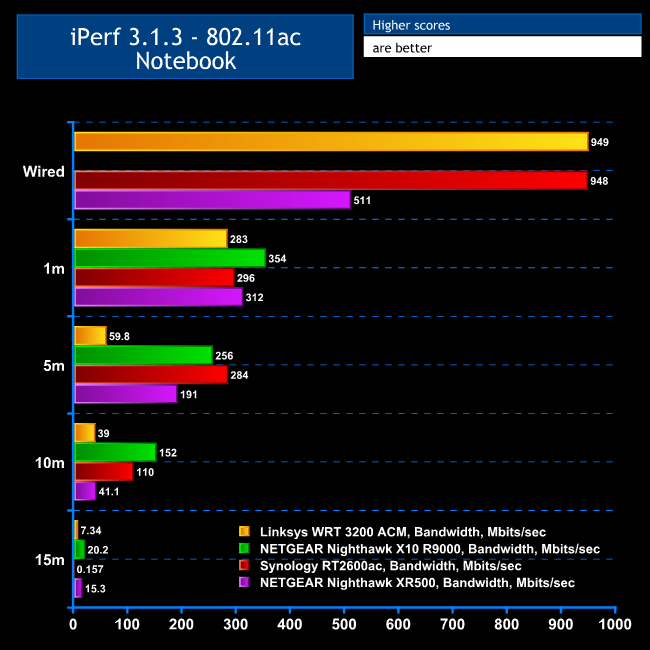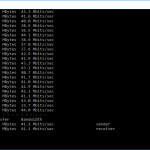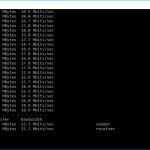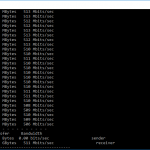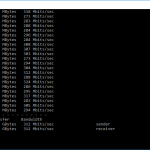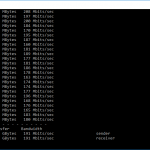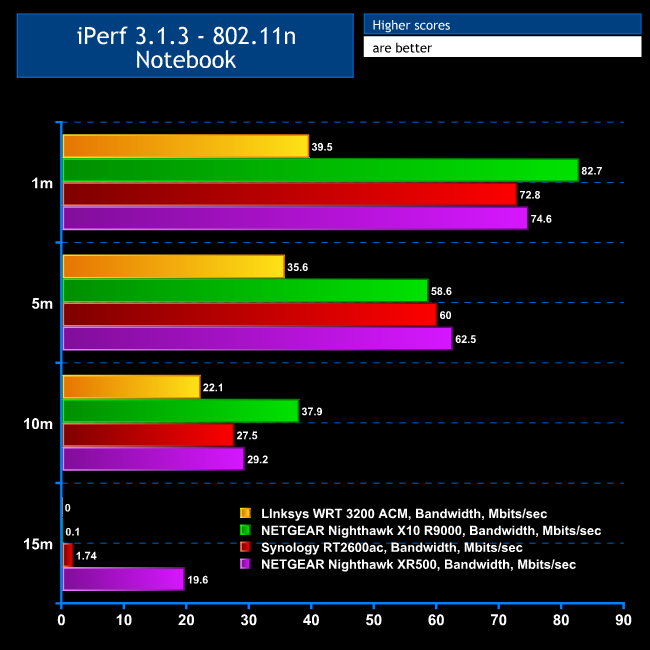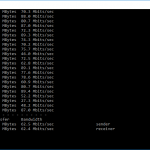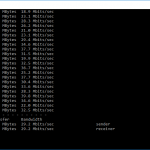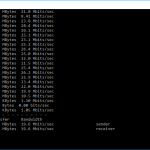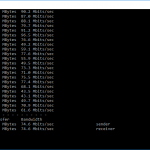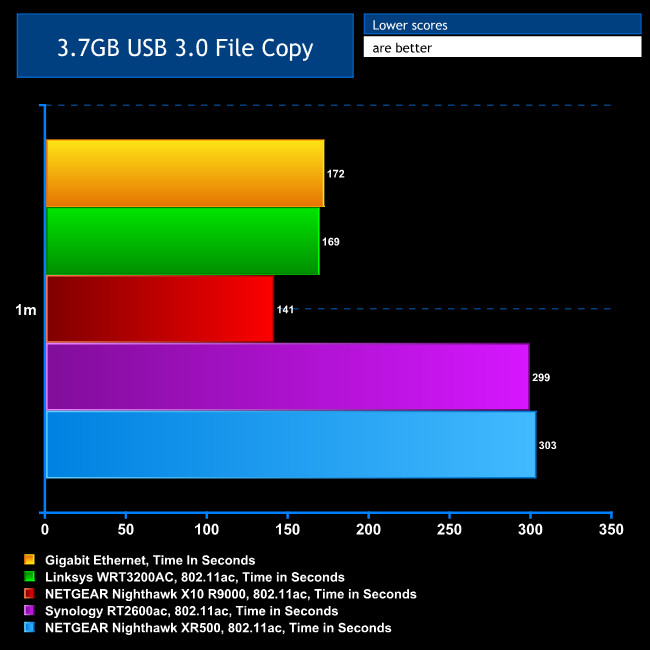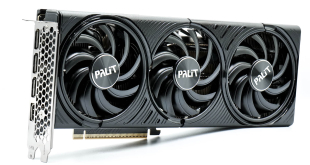We tested the performance of NETGEAR Nighthawk XR500 in two ways. First, we wanted to assess the raw throughput across the two different WiFi standards it supports – 802.11ac and 802.11n. We also tested the speed of the USB 3.0 port via 802.11ac.
For the first test we used the open-source iPerf 3.1.3 software, and for the second test we used a 3.7GB file collection. Three Windows systems were used. One was an Armari AMD Threadripper workstation running Windows 10, one an HP Spectre 13 X2 (for 802.11ac) and the third a HP Folio 13 (802.11n only).
For all tests, the workstation was connected to one of the XR500's Gigabit Ethernet ports, and the notebooks via WiFi connections. The notebooks were then placed in four different locations – within 1m of the router, approximately 5m away with a wall in between, 10m away and on a lower floor (with multiple walls and a floor in between), and then 15m away on a lower floor. We tested all four distances with the two WiFi standards, but only the 1m distance with the file copy.
With each WiFi standard and distance, we took 60 readings of throughput at one second intervals and calculated the average (iPerf does this automatically). For these tests, we are also comparing the XR500’s performance with the Linksys WRT 3200 ACM, NETGEAR Nighthawk X10 R9000, and Synology RT2600ac.
802.11ac 5GHz
The XR500 posts mostly impressive results with 802.11ac. It's second fastest at close proximity, although it drops behind the X10 R9000 and Synology RT2600ac at 5m, and is even further behind at 10m. However, things pick up at 15m, showing good range overall.
Note that the wired test was performed with a different laptop for the XR500, which might not have Gigabit Ethernet that performs at full wire speed. What this does show, however, is that the Gigabit Ethernet ports are not going to be a bottleneck for WiFi performance.
802.11n 2.4GHz
The XR500 posts some impressive results with 802.11n, keeping up well with the high-end X10 R9000, and actually beating it in the 15m test. The four antennas are doing well at distributing 802.11n WiFi over range, better than with 802.11ac.
USB 3.0 File Copy
For this test, we hooked up a 32GB SanDisk Ultra USB 3.0 Flash Memory key to one of the XR500's USB 3.0 ports and configured it via the ReadySHARE interface as network storage. We then copied the 3.7GB Windows 10 installer ISO (unpacked into individual files) to the HP Spectre 13 X2 via 802.11ac.
The XR500 achieved almost the same performance as the Synology RT2600ac, which isn't to say it's slow, but the NETGEAR Nighthawk X10 R9000 and Linksys WRT3200 ACM are faster.
Overall, the XR500 acquits itself reasonably well. It's not going to embarrass any premium routers, but for the money it provides dependable performance in close proximity and has a decent range.
 KitGuru KitGuru.net – Tech News | Hardware News | Hardware Reviews | IOS | Mobile | Gaming | Graphics Cards
KitGuru KitGuru.net – Tech News | Hardware News | Hardware Reviews | IOS | Mobile | Gaming | Graphics Cards


